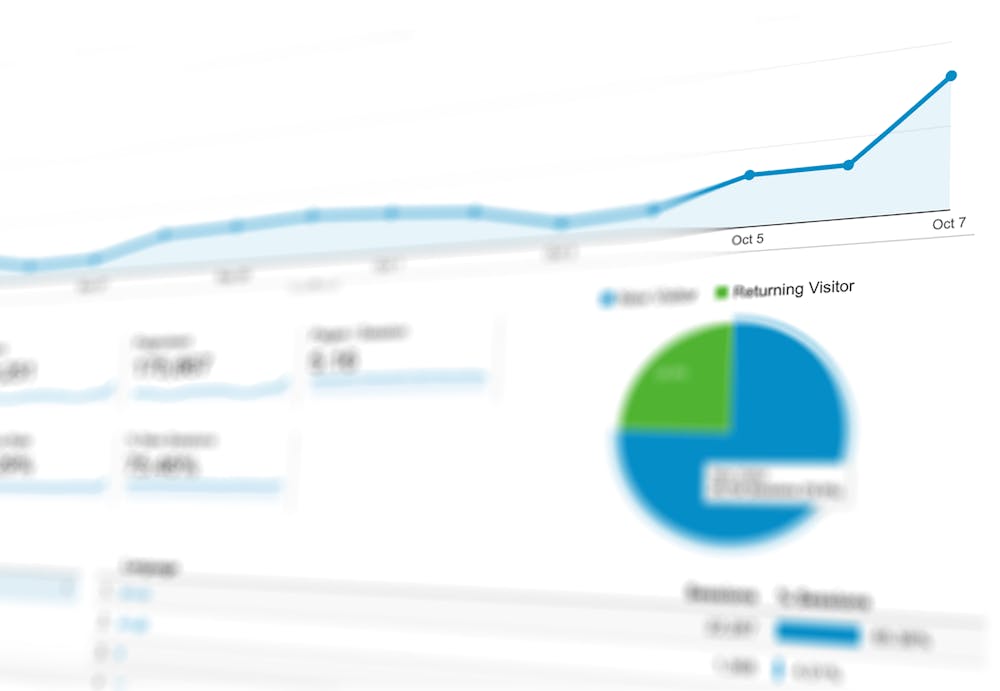
Internal linking is often an underappreciated aspect of search engine optimization (SEO), yet it plays a pivotal role in how well a website performs in search results. This comprehensive guide will delve into the nuances of internal linking, offering insights and techniques to leverage this strategy for maximum SEO success. If you are serious about improving your site’s visibility and usability, mastering internal linking can yield significant benefits.
Table of Contents
- Understanding Internal Links
- What Are Internal Links?
- Importance in SEO
- Types of Internal Links
- Navigational Links
- Content Links
- Footer Links
- The Role of Internal Linking in SEO
- Enhancing Crawlability
- Distributing Page Authority
- Improving User Experience
- Best Practices for Internal Linking
- Using Descriptive Anchor Text
- Link to Relevant Content
- Keep User Experience in Mind
- Avoiding Over-Optimization
- Tools for Internal Linking
- SEO Analysis Tools
- Content Management Systems
- Monitoring and Managing Internal Links
- Auditing Your Internal Links
- Regular Updates and Maintenance
- Case Study: A Successful Internal Linking Strategy
- Conclusion
- FAQs
Understanding Internal Links
What Are Internal Links?
Internal links are hyperlinks that connect one page of a website to another page within the same domain. For example, if you have a blog post discussing "The Health Benefits of Green Tea" and you link it to another post about "How to Brew Green Tea," you are creating an internal link. These links help guide visitors through your website and highlight the relationships between different pages.
Importance in SEO
Internal linking is not just about navigation; it is a critical factor in SEO. Search engines use internal links to discover new pages on a site and understand the content’s structure. Good internal linking practices can lead to better indexing and, ultimately, higher rankings on search engine results pages (SERPs).
Types of Internal Links
Navigational Links
Navigational links are the backbone of your website. These include links in the header, footer, and sidebars that guide users through various sections of your site. A well-structured navigation system enhances user experience and ensures that search engines can crawl all your important pages.
Content Links
Content links are hyperlinks embedded within the body of your content. These are crucial for associating relevant topics. For example, a blog on "Digital Marketing Strategies" can link to other articles on SEO or social media marketing, providing readers with a deeper understanding of your content.
Footer Links
Footer links are often overlooked but can be beneficial for SEO. They generally link to essential pages, such as privacy policies or terms and conditions. While footer links usually do not carry as much weight as other links, they can help guide users and search engines alike.
The Role of Internal Linking in SEO
Enhancing Crawlability
Search engines implement web crawlers to discover and index content. A strong internal linking structure can support crawlers in finding new pages and understanding your site’s hierarchy. If a page is buried deep within your website without internal links pointing to it, it may never be indexed, no matter how high-quality the content is.
Distributing Page Authority
Every page on your site has a certain amount of link equity or authority, which is passed between pages through internal linking. When one page with high authority links to another, it bestows some of its authority on the linked page. This can be particularly beneficial for new or lower-authority pages that need a boost.
Improving User Experience
Internal links create a roadmap for users exploring your site. By connecting related topics, visitors can engage more deeply with your content. This enhances the likelihood of them staying on your site longer, reducing bounce rates, and increasing the chances of conversions or engagements.
Best Practices for Internal Linking
Using Descriptive Anchor Text
Anchor text is the clickable text of a hyperlink. Using well-written, descriptive anchor text helps both users and search engines understand what to expect if they click on the link. For example, instead of saying, "Click here," you can say, "Discover effective SEO strategies."
Link to Relevant Content
Your internal links should always lead to related or relevant content. This offers additional value to your users and helps search engines understand the relationships between different pieces of content. For instance, linking a post about "Content Marketing" to posts on "Blogging" or "Social Media Marketing" creates a topic cluster that enhances both SEO and user experience.
Keep User Experience in Mind
While SEO is important, never lose sight of your users. Internal linking should guide them to the information they seek without feeling overwhelming. Aim to strike a balance between providing value through links and maintaining a clean and navigable design.
Avoiding Over-Optimization
Over-linking or placing too many links in a single piece of content can dilute the value of your links, lead to a confusing experience for users, and even trigger penalties from search engines. A good rule of thumb is to use internal links judiciously, ensuring that each one adds value.
Tools for Internal Linking
SEO Analysis Tools
Utilizing SEO analysis tools can help you identify opportunities for internal links. These tools often provide insights about how well your internal linking strategy is performing and highlight areas that need improvement. Many SEO platforms can analyze your website for broken links, suggest optimizations, and track keyword performance related to internal links.
Content Management Systems
Modern Content Management Systems (CMS) often come with built-in tools for internal linking. Some platforms can recommend relevant articles or even automate the internal linking process. Using a CMS with good internal linking features can save you time and improve your website’s SEO.
Monitoring and Managing Internal Links
Auditing Your Internal Links
Regular audits of your internal links are crucial. This involves checking for broken links, ensuring that all relevant pages are linked, and evaluating how effectively your link structure supports your website’s SEO goals. Identifying and fixing broken internal links can significantly enhance your site’s user experience and SEO performance.
Regular Updates and Maintenance
The web is constantly evolving, and so should your internal linking strategy. Regularly revisiting links in your posts and updating them to point to your most recent or relevant content will keep your site fresh and engaging. Additionally, as you create new content, consider how it can fit into your existing internal linking structure.
Case Study: A Successful Internal Linking Strategy
Let’s consider a hypothetical case study of a website in the fitness niche that implements an internal linking strategy successfully.
Background
The website initially focused on a variety of topics within fitness, including workout routines, nutritional advice, and mental conditioning. However, the site’s traffic was stagnant, and many important pages were receiving little to no visits.
The Strategy
Conducting an Internal Link Audit: The site owner used an SEO tool to evaluate internal linking structures, identifying which pages were under-linked or had broken links.
Creating Topic Clusters: They reorganized their content into topic clusters. For example, all content related to "weight training" was linked together, creating a central hub. This allowed users to navigate between related articles seamlessly.
Updating Anchor Text: The site owner ensured the anchor text was descriptive, enhancing both contextual relevance and usability.
- Regular Content Updates: They committed to regularly updating existing articles with links to newer content, which improved page authority and SEO rankings.
Results
Within six months, organic traffic increased by 150%, and pages that were previously unseen were now receiving significant traffic. The site experienced lower bounce rates and higher average session durations, indicating improved user experiences fueled by their internal linking strategy.
Conclusion
Mastering internal linking is a vital step toward achieving SEO success. By creating a robust network of internal links, you can enhance your website’s crawlability, distribute authority, and improve user experience. Each element, including anchor text choice, link relevance, and user interface considerations, contributes to a comprehensive internal linking strategy.
To further this goal, platforms like Backlink Works can assist in optimizing and managing your internal linking practices efficiently. As you embrace these strategies, you’ll pave the way for better search engine rankings, higher traffic, and, ultimately, a more successful online presence.
FAQs
What is internal linking?
Internal linking refers to hyperlinks that connect one page of a website to another page within the same domain. They are essential for enhancing user experience and improving SEO.
Why are internal links important for SEO?
Internal links help search engines crawl and index your site while distributing page authority and enhancing user experience. A strong internal linking strategy can lead to higher rankings on search engine results pages.
How many internal links should I have on a page?
There is no strict rule for the number of internal links to include on a page, but a good practice is to limit it to a reasonable number, ensuring that each link adds value and relevance.
Can too many internal links hurt SEO?
Yes, over-linking or excessive internal linking can lead to confusing navigation and dilute the SEO value of your links. It’s essential to use internal links judiciously.
How can I audit my internal links?
You can use SEO analysis tools, both free and paid, that provide comprehensive audits of your internal linking structure, helping you identify broken links, opportunities for new links, and pages that need more linking.
By focusing on the best practices outlined in this guide and continually refining your internal linking strategy, you can enhance the visibility and user experience of your website significantly.





